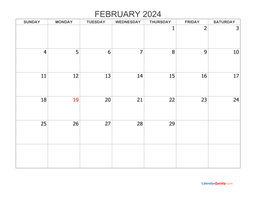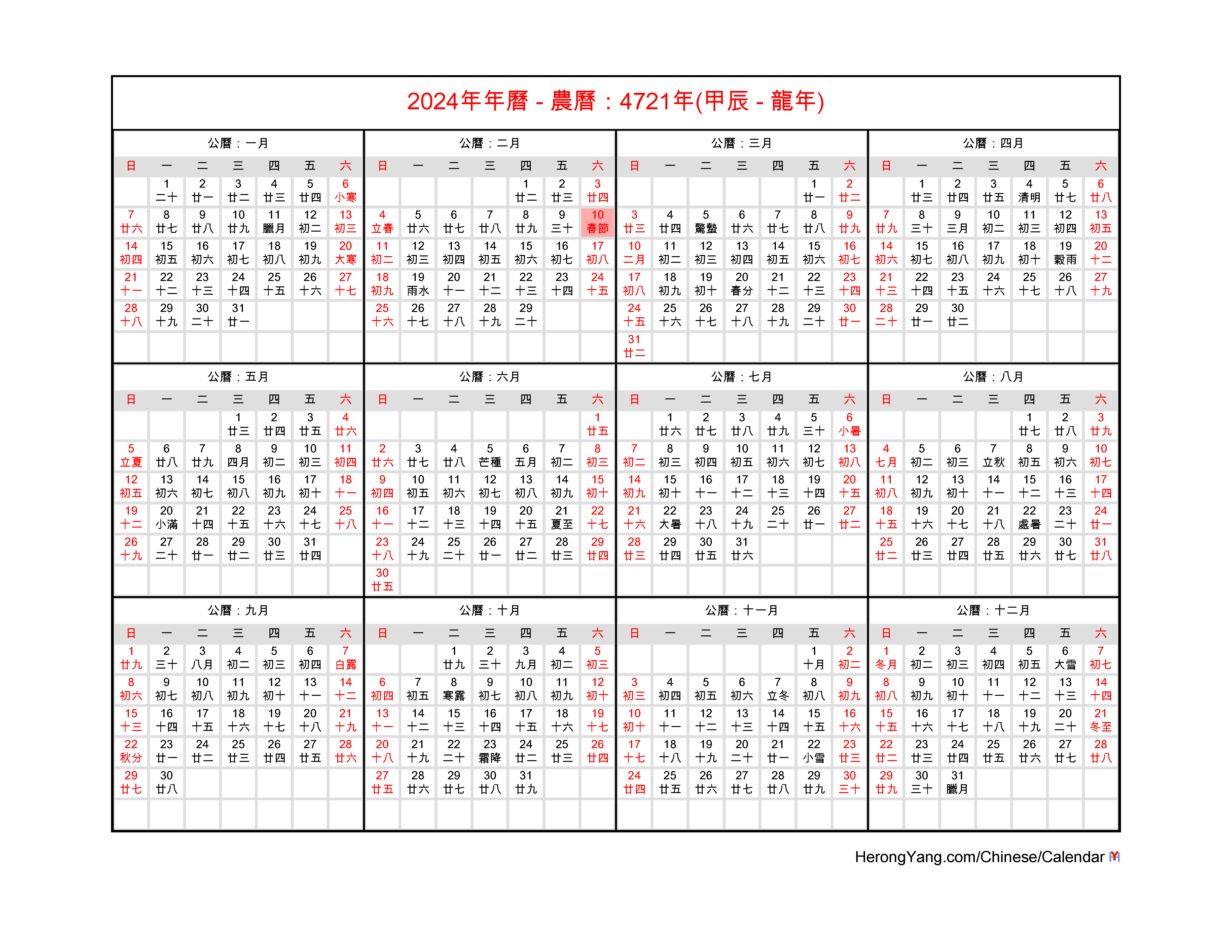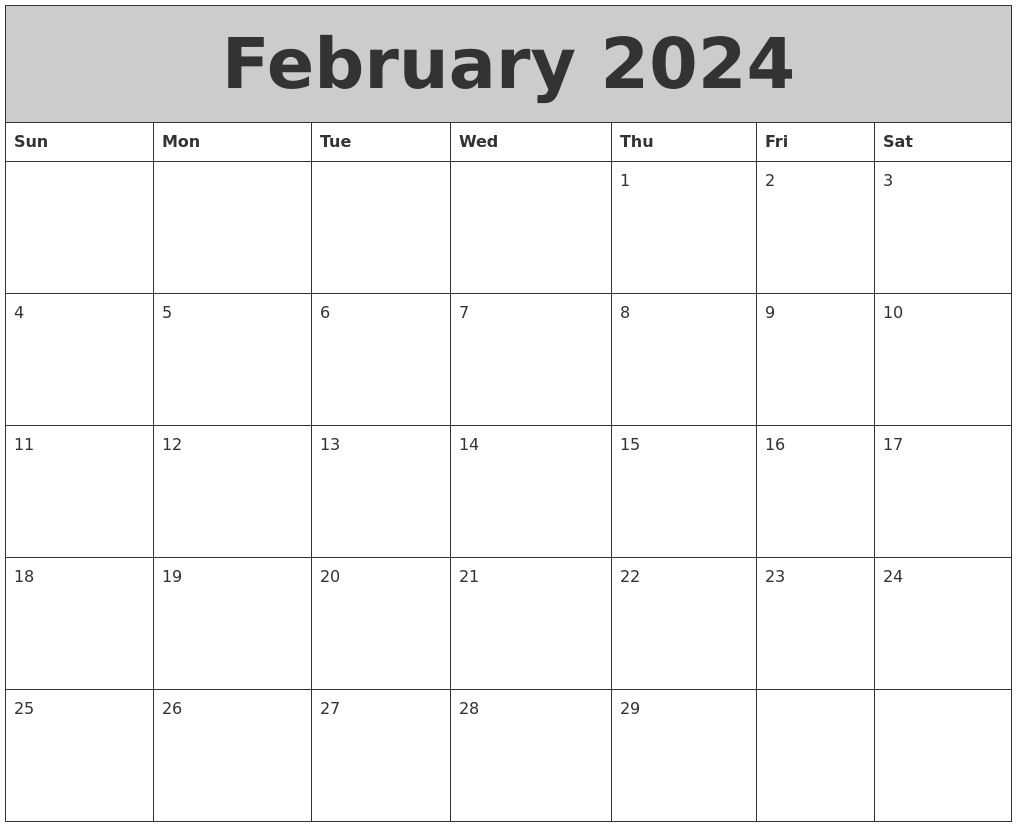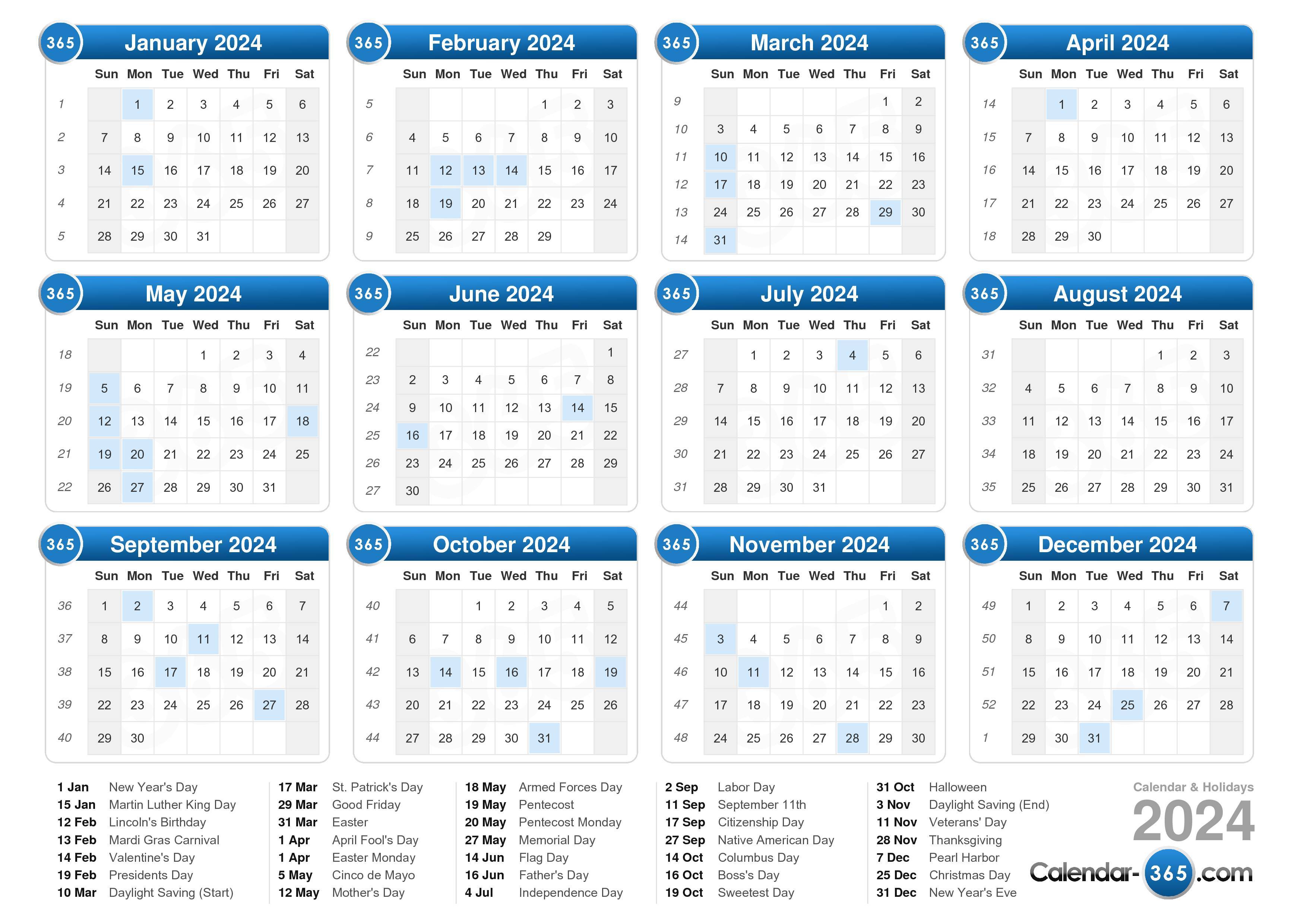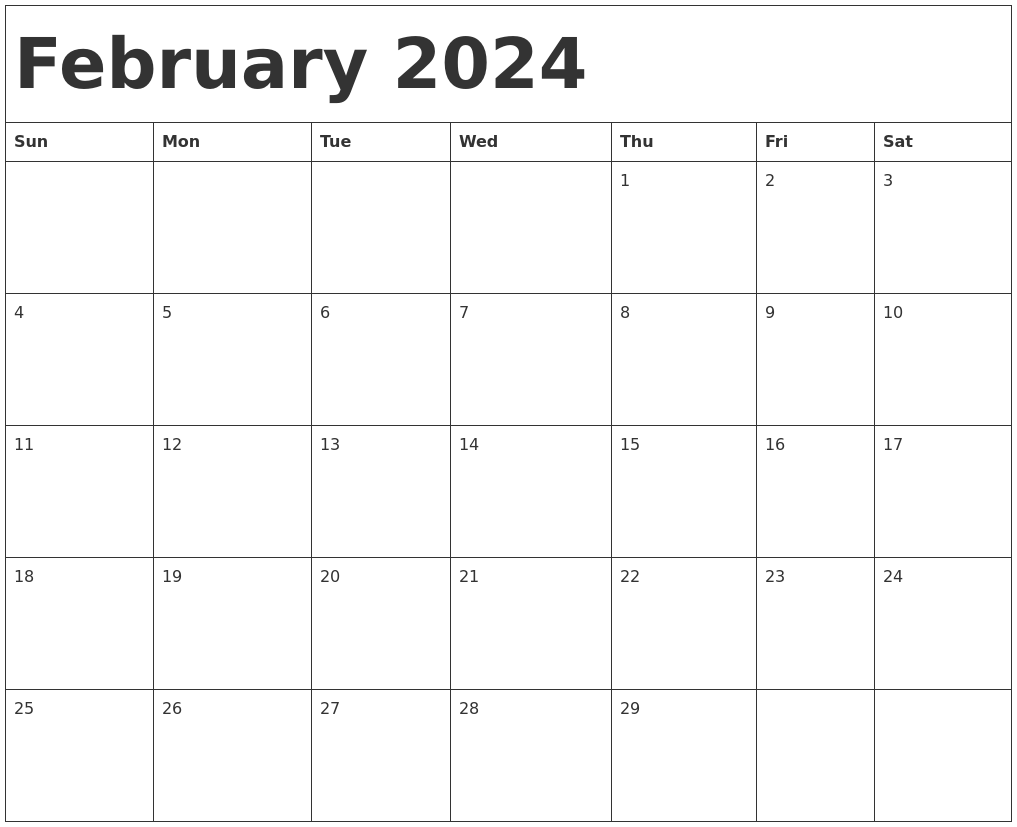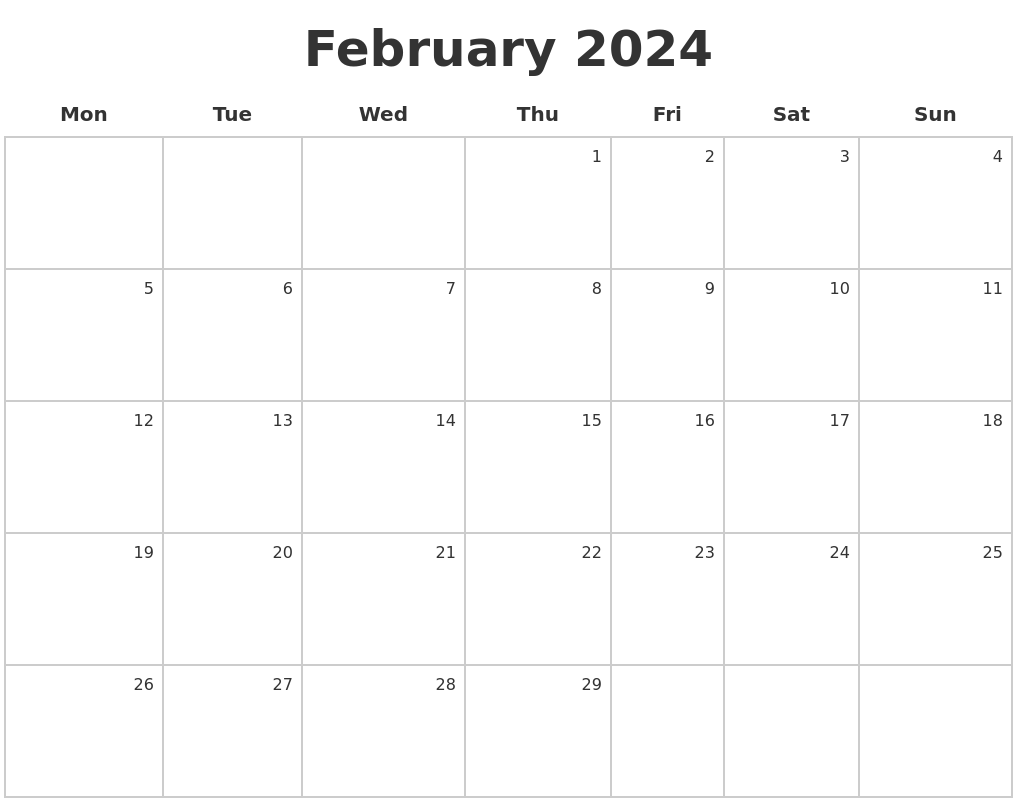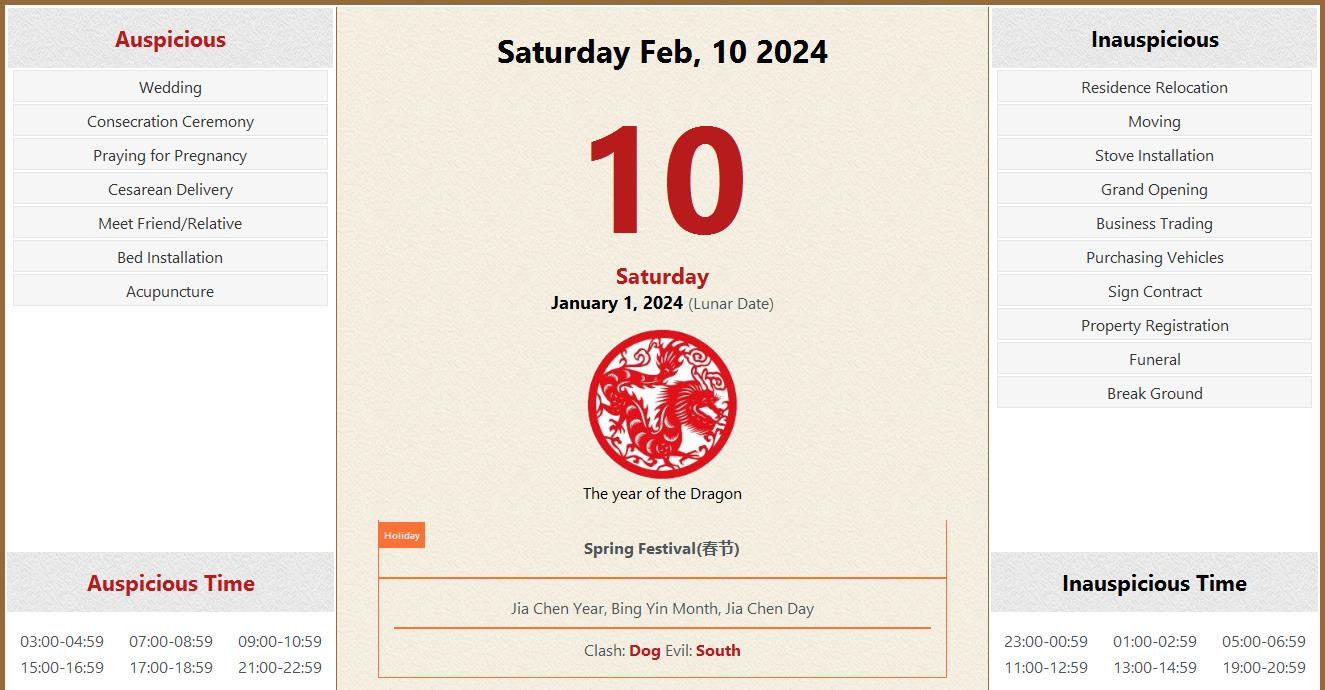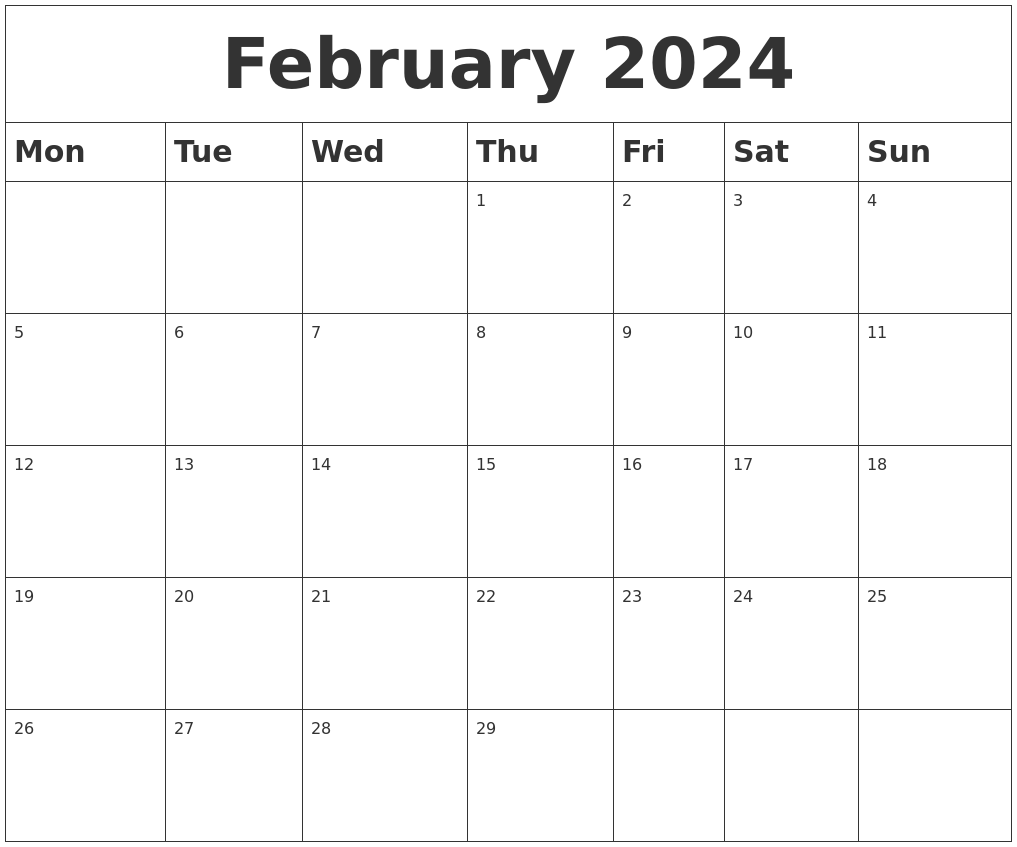Chinese Calendar 2024 February. Chinese New Year (Chinese: 春節, 春节, Chūnjíe; 農曆新年, 农历新年, Nónglì Xīnnián; or 過年, 过年, Guònián), also known as the Lunar New Year or the Spring Festival is the most important of the traditional Chinese holidays. It is based on exact astronomical observations of the Sun's longitude and the Moon's phases. Gui Mao Year, Ding Si Month, Ding Mao Day. Gui Mao Year, Bing Chen Month, Wu Shen Day. Gui Mao Year, Wu Wu Month, Geng Zi Day. It consists of a period of celebrations.
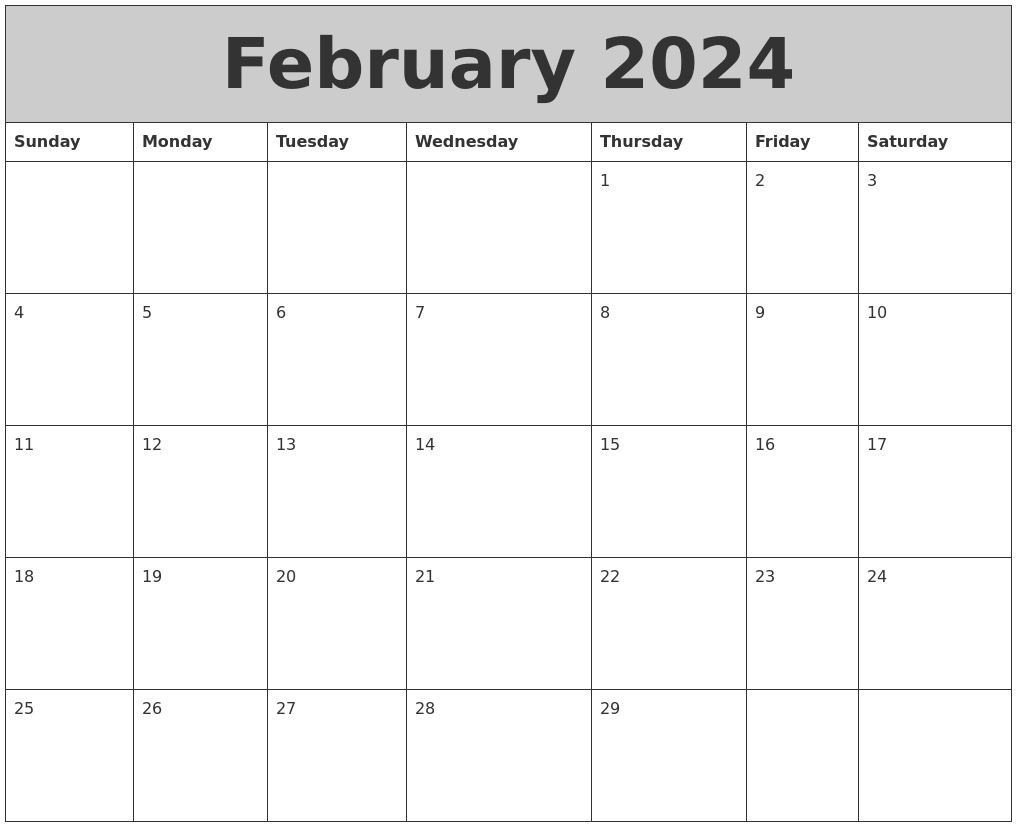
Chinese Calendar 2024 February. Chinese New Year is the first day of the New Year in the Chinese lunisolar calendar (Chinese traditional calendar). This year the animal sign is the Dragon. Chinese New Year of Green Dragon Reunion Dinner, Red Envelope, Traditional Culture, Celebrations and Lengendary Nian Story. Online Chinese / Gregorian Calendar with Chinese festivals. Chinese New Year (Chinese: 春節, 春节, Chūnjíe; 農曆新年, 农历新年, Nónglì Xīnnián; or 過年, 过年, Guònián), also known as the Lunar New Year or the Spring Festival is the most important of the traditional Chinese holidays. It attempts to have its years coincide with the tropical year and shares some similarities with the Jewish calendar.
Auspicious Events: wedding # Sacrifice # Pray for Good Luck # Travel # House Cleaning # Tear Down Building # Break Ground for Building # Residence Relocation # Moving # Bed Installation # Growing Plants # Buy Livestock/Pets # Break Ground for Tomb # Funeral;
This year the animal sign is the Dragon.
Chinese Calendar 2024 February. It attempts to have its years coincide with the tropical year and shares some similarities with the Jewish calendar. It is also known as the Lunar New Year or the Spring Festival. Chinese New Year (Chinese: 春節, 春节, Chūnjíe; 農曆新年, 农历新年, Nónglì Xīnnián; or 過年, 过年, Guònián), also known as the Lunar New Year or the Spring Festival is the most important of the traditional Chinese holidays. This year the animal sign is the Dragon. Chinese Gratis Online Chinese Tools – Chinese Name, English-Chinese Dictionary, Bible. It is based on exact astronomical observations of the Sun's longitude and the Moon's phases.
